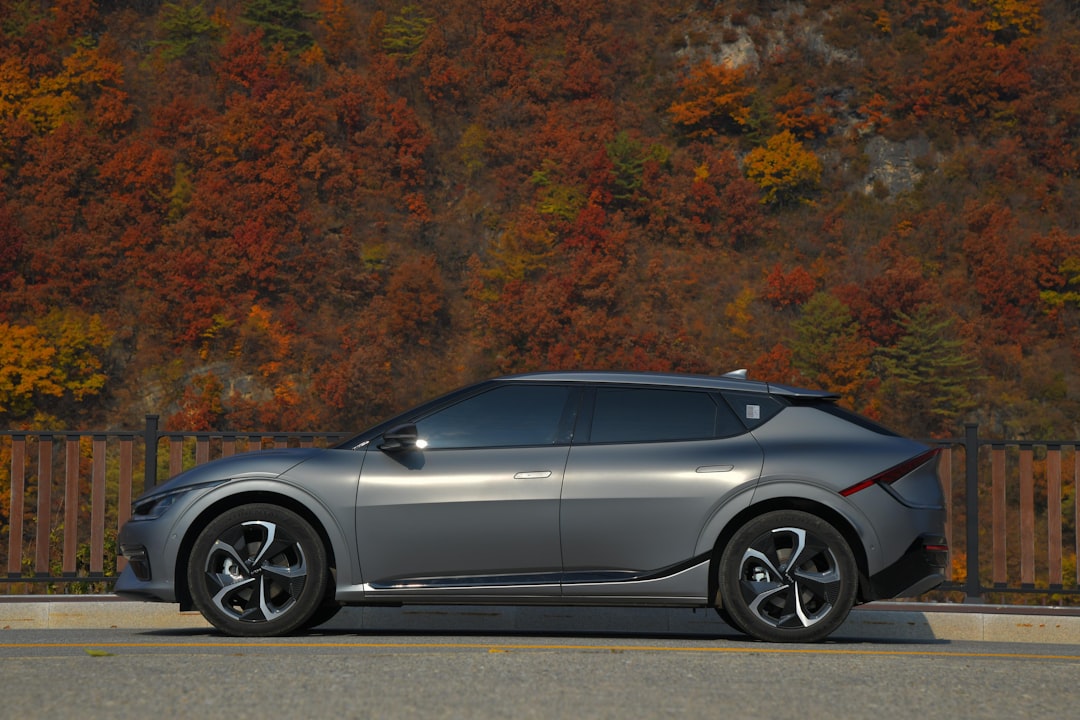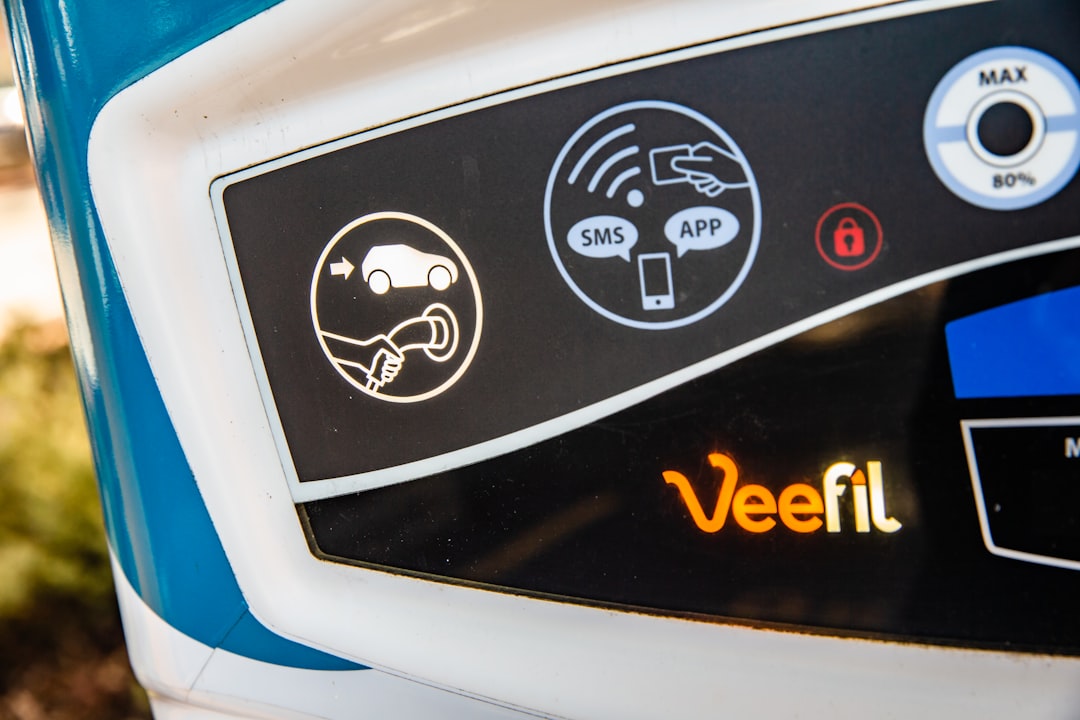
Types of Electric Vehicle Charging Stations
Electric vehicle charging stations come in various types to cater to different charging needs. One common type is AC Level 1 chargers, which are typically used at home and provide approximately 5 miles of range per hour. These chargers are convenient for overnight charging and are suitable for daily commuting needs. Moving up in charging speed are AC Level 2 chargers, offering around 25 miles of range per hour. Level 2 chargers are prevalent in public places and workplaces, providing faster charging options for EV drivers on the go. For even faster charging, there are DC fast chargers, which can deliver approximately 100 to 200+ miles of range in just 30 minutes. An example of a DC fast charger is the Tesla Supercharger, which boasts over 17,000 fast-charging ports across the U.S. [4].
Apart from these standard charging levels, advancements in EV charging technology have led to the development of Extreme Fast Chargers (XFC) with power outputs up to 350 kW. These chargers are paving the way for ultra-fast charging, especially for heavy-duty electric vehicles. Additionally, the SAE J3068 standard enables higher rates of AC charging, enhancing the charging capabilities of electric vehicles. These technological advancements in charging stations are crucial for meeting the increasing demand for electric vehicles and supporting their widespread adoption in the future. As the EV market continues to grow, the availability and accessibility of various charging stations will play a pivotal role in encouraging more drivers to make the switch to electric vehicles.
 Introduction to Electric Vehicle Charging Networks
Introduction to Electric Vehicle Charging Networks
Electric Vehicle (EV) charging networks play a pivotal role in supporting the global growth of electric vehicles by providing necessary infrastructure for charging these vehicles. Learn more about different charging solutions for electric cars and plug-in hybrids in this guide. These networks contribute to reducing carbon emissions and decreasing dependence on fossil fuels by promoting the adoption of cleaner transportation options. The increasing number of EV charging stations worldwide reflects the expanding infrastructure to cater to the rising demand for electric vehicles.
The presence of various types of charging stations further enhances the convenience and accessibility of electric vehicle charging. For instance, AC Level 1, Level 2, and DC fast chargers offer different charging speeds and range capabilities to suit the diverse needs of EV users [4]. For example, Level 2 chargers are commonly found in public areas and workplaces, offering faster charging compared to Level 1 chargers typically used at home. The introduction of Extreme Fast Chargers (XFC) with power outputs up to 350 kW signifies a significant advancement in charging technology, enabling rapid charging for electric vehicles on-the-go.
Moreover, the standardization of charging equipment through protocols like the Open Charge Point Interface (OCPI) ensures interoperability and seamless charging experiences across different networks and EV models. By adopting such standards, key players in the EV charging network industry, including EVgo and other operators, contribute to streamlining the charging process and encouraging more widespread EV adoption. This collaborative effort between industry players and regulatory bodies underscores the importance of charging infrastructure in shaping the future of sustainable transportation.
Types of Electric Vehicle Charging Stations
Electric vehicle charging networks offer a range of charging options to cater to different needs. AC Level 1 chargers are commonly used at home, providing around 5 miles of range per hour of charging. In contrast, Level 2 chargers, which are also prevalent in public and workplace settings, offer approximately 25 miles of range per hour, making them a faster alternative for charging. For even quicker charging, DC fast chargers are crucial, providing approximately 100 to 200+ miles of range in just 30 minutes. Tesla’s use of the J3400 connector for their fast chargers exemplifies the industry’s efforts to standardize connectors for efficient and convenient charging experiences.
The implementation of the SAE J3068 standard has been pivotal in enhancing AC charging rates, enabling electric vehicle owners to charge their vehicles more rapidly. Furthermore, the development of Extreme Fast Chargers (XFC) with power outputs up to 350 kW is revolutionizing the electric vehicle charging landscape by significantly reducing charging times. As these technological advancements continue to evolve, the future of electric vehicle charging networks looks promising, with a focus on increasing charging speeds, range, and overall efficiency to meet the demands of a growing electric vehicle market.
Key Players in the EV Charging Network Industry
In the dynamic landscape of the EV charging network industry, EVgo has emerged as a pivotal player, offering a comprehensive network of charging stations across the United States. With a focus on enhancing the accessibility and convenience of EV charging, EVgo has played a crucial role in promoting the adoption of electric vehicles by addressing range anxiety among EV drivers. For instance, EVgo has strategically deployed fast-charging stations in high-traffic areas and along major highways, facilitating seamless long-distance travel for electric vehicle owners.
Moreover, alongside EVgo, other influential entities like Plug In America and the Zero Emission Transportation Association have significantly contributed to the advancement of EV charging infrastructure. These organizations have been instrumental in advocating for policies that support the growth of charging networks, as well as fostering collaboration among industry stakeholders to address common challenges such as standardization of charging equipment and interoperability of charging stations. Furthermore, the participation of major automakers like Ford and GM in establishing their own EV charging networks underscores a trend towards vertical integration in the industry, where automotive companies are directly investing in charging infrastructure to create a seamless ecosystem for electric vehicle users.
Importance of Charging Infrastructure for Electric Vehicles
The importance of charging infrastructure for electric vehicles cannot be overstated as it directly impacts the adoption and usability of EVs. One crucial aspect is the tools available for planning and estimating the necessary infrastructure. For example, EV readiness planning and tools like EVI-Pro Lite are instrumental in gauging the required charging resources, ensuring that the infrastructure can meet the growing demands of EV users.
Moreover, the standardization of charging equipment through protocols like the Open Charge Point Interface (OCPI) is pivotal in creating a seamless charging experience for EV owners. By establishing common standards, OCPI facilitates interoperability among various charging networks, making it easier for users to find and utilize charging stations regardless of their network provider. This standardization not only simplifies the charging process but also contributes to the overall efficiency of the EV charging network.
In addition to planning and standardization, the selection of the appropriate charger for home charging is a critical component of charging infrastructure development. Opting for the right charger not only enhances the charging efficiency but also translates into tangible cost savings for EV owners. By choosing the optimal home charging solution, EV users can streamline their charging experience, reduce energy costs, and contribute to the overall sustainability of electric transportation.
 Future Trends in EV Charging Technology
Future Trends in EV Charging Technology
Looking ahead, the landscape of EV charging technology is evolving rapidly to meet the growing demands of electric vehicle users. Ongoing research initiatives are focused on bridging technology gaps, particularly in the implementation of Extreme Fast Charger (XFC) networks across the United States. For instance, the development of XFC networks with power outputs of up to 350 kW is set to revolutionize the charging experience by significantly reducing charging times and increasing convenience for EV owners.
Moreover, with substantial federal funding and the accelerated adoption of electric vehicles by various fleets, the future holds a promising outlook for DC fast charging infrastructure. This projected surge in DC fast charging availability not only supports the increasing number of electric vehicles on the roads but also contributes to the overall advancement of the EV charging ecosystem. As technology continues to progress, the focus is shifting towards enhancing charging capabilities for heavy-duty electric vehicles, ensuring that diverse transportation needs are met seamlessly with efficient and rapid charging solutions. The evolution of EV charging technology is not just about faster charging speeds but also about creating a sustainable and user-friendly charging infrastructure that caters to the evolving needs of the electric vehicle market.
 Impact of Government Initiatives on EV Charging Networks
Impact of Government Initiatives on EV Charging Networks
Government initiatives have a profound impact on the development and expansion of EV charging networks globally. For instance, tax credits and funding provided by governments serve as crucial incentives for businesses to invest in building charging infrastructure, thus facilitating the widespread adoption of electric vehicles. These initiatives not only accelerate the growth of charging networks but also contribute to reducing greenhouse gas emissions by promoting cleaner transportation alternatives.
Moreover, government partnerships with private charging network companies are instrumental in enhancing the accessibility and efficiency of public charging infrastructure. For example, collaborations between government entities and industry players like ChargePoint or EVgo lead to the establishment of more charging stations in strategic locations, catering to the evolving needs of EV users. These partnerships ensure that the charging network expansion aligns with government sustainability goals while meeting the increasing demand for electric vehicle charging solutions.
Conclusion on Electric Vehicle Charging Networks
Electric Vehicle (EV) charging networks play a pivotal role in the global transition to electric transportation, offering a sustainable solution to reduce carbon emissions and the dependence on fossil fuels. These networks not only support the growth of EVs but also provide a foundation for a cleaner and greener future in the automotive sector. For instance, companies like ChargePoint and Tesla are leading the way in establishing extensive charging infrastructures, with Tesla boasting over 6,000 station locations and approximately 28,000 charging ports in the U.S. EV charging stations alone. This exemplifies the significant progress made in expanding the charging network to cater to the increasing number of electric vehicles on the roads.
The future trends in EV charging technology indicate a shift towards more advanced and efficient charging solutions, such as Extreme Fast Chargers (XFC) capable of power outputs up to 350 kW. As federal funding and fleet adoption of EVs continue to grow, the availability of DC fast charging is projected to increase, further facilitating convenient and rapid charging options for electric vehicle owners. Moreover, ongoing research efforts are focused on overcoming technology gaps associated with implementing XFC networks in the United States, paving the way for faster and more extensive charging capabilities, especially for heavy-duty electric vehicles. These advancements underscore the dynamic nature of EV charging technology and the continuous evolution towards more sustainable and practical solutions for electric vehicle users.

